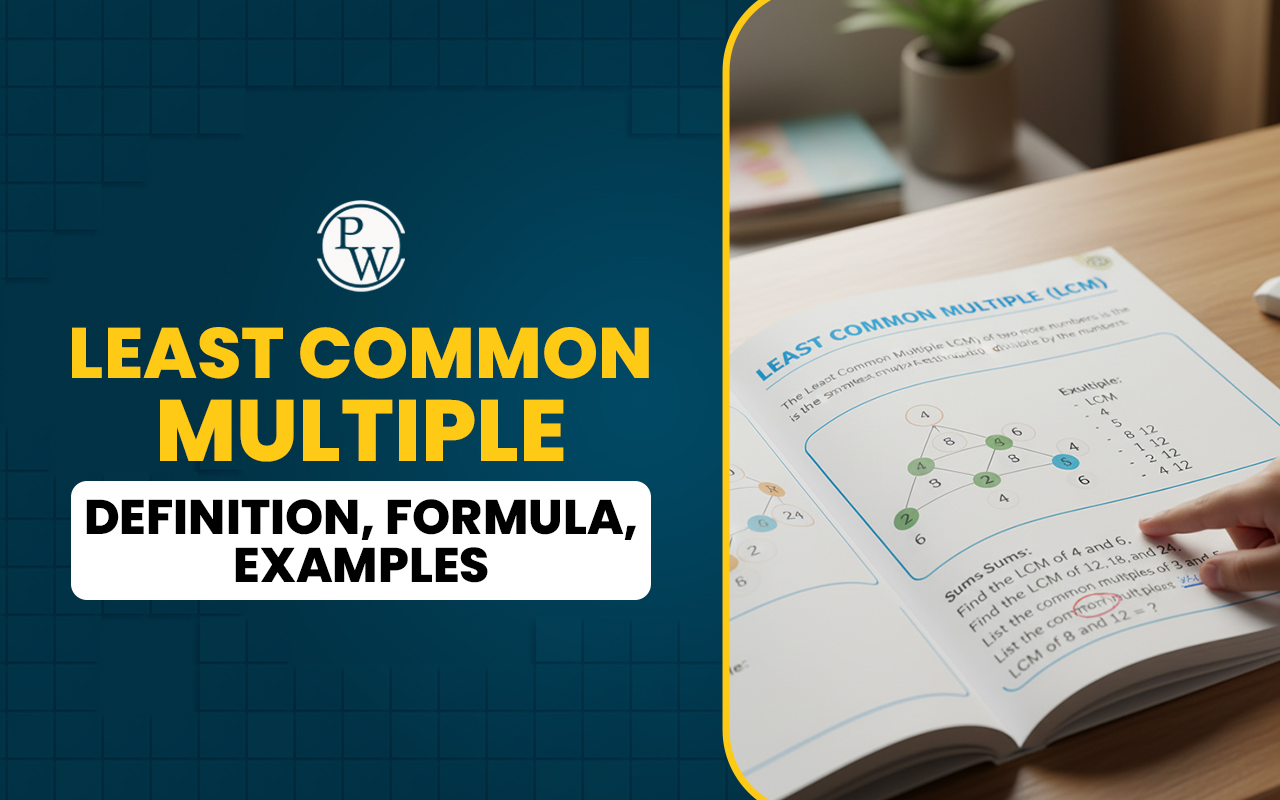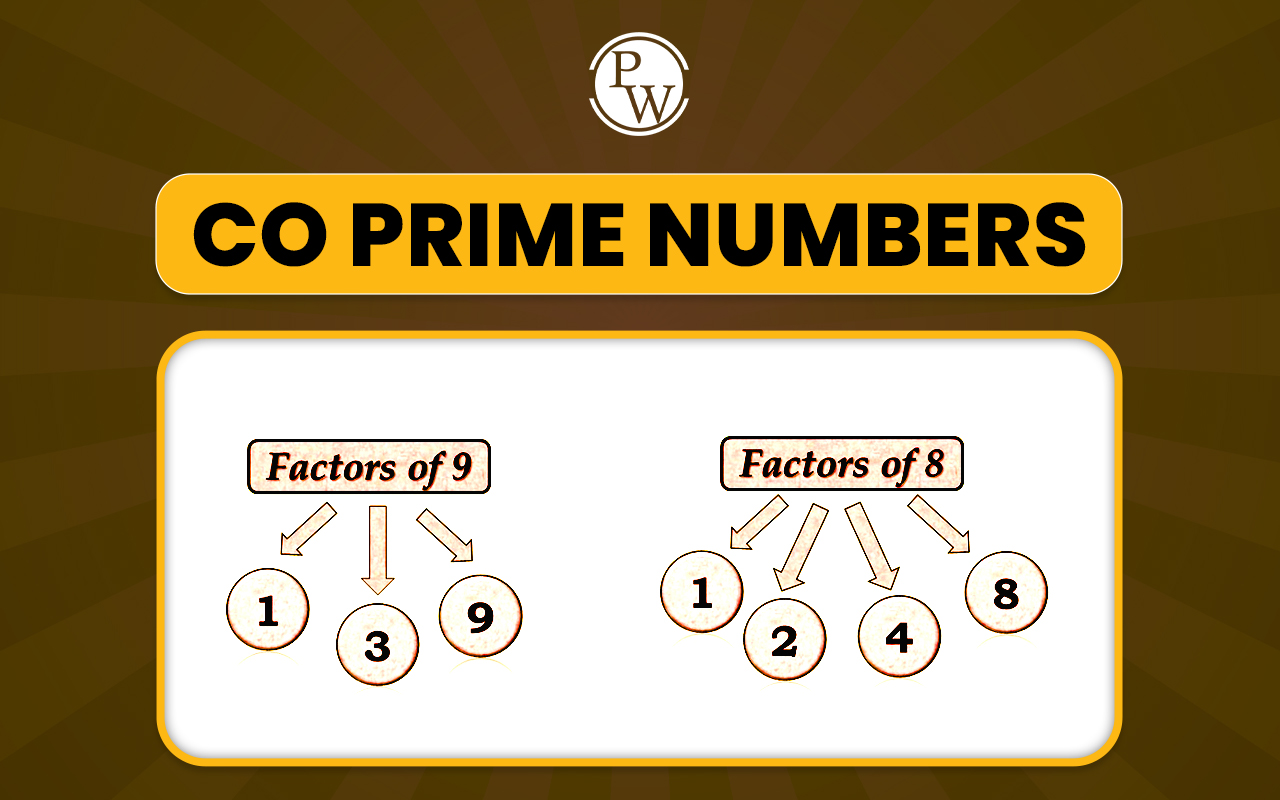
Difference between 2d and 3d shapes: In the world around us, we visualize and perceive shapes everywhere. Have you ever wondered why some shapes look flat while others appear solid? The concepts of 2D and 3D become handy to describe and differentiate these objects.
This blog tells you about differences between 2D and 3D shapes with real-life examples that you can relate to. Next time when you put a design on paper and make a model, you already know the types of shapes you deal with, making you more confident to handle them practically.
What Are 2D Shapes?
The term 2D comes from two-dimensional. It means that 2D shapes have only two dimensions: These dimensions are length and width. You can view, but can't feel or hold these shapes as physical objects. These shapes lie entirely in one plane and are used in drawing, painting, and designing. etc.
The geometrical shapes drawn on a flat surface are perfect examples of 2D shapes. These include circles, squares, rectangles, triangles, parallelograms, and polygons. These shapes are typically seen in drawings, blueprints, diagrams, and flat surfaces like paper or screens.
What Are 3D Shapes?
The term 3D comes from three-dimensional. These shapes have three dimensions: length, width, and height (or depth). 3D shapes have a volume and occupy a certain space, which 2D objects don’t. You can also touch and hold them and view them from all sides.
Examples of 3D shapes include cubes, cylinders, spheres, cones, pyramids, etc. We find these shapes commonly in the real world, such as boxes, cans, balls, etc.
Key Differences Between 2D and 3D Shapes
The 2D and 3D shapes are different in many ways. Let's find out the 2D and 3D differences by comparing various features below:
|
Key Difference Between 2D and 3D Shapes |
||
|
Feature |
2D Shapes |
3D Shapes |
|
Dimensions |
Two (Length and Width) |
Three (Length, Width, and Height) |
|
Appearance |
Flat |
Solid |
|
Volume |
No volume |
It has volume |
|
Example Shapes |
Circle, Square, Triangle |
Cube, Sphere, Cylinder |
|
Edges and Faces |
Only sides (edges) |
Has edges, faces, and vertices |
|
Real-life presence |
Drawn or printed images |
Physical objects |
|
Measurement |
Measured in square units (cm², m²) |
Measured in cubic units (cm³, m³) |
Read More: Angles
Common 2D and 3D Shapes
We come across different types of shapes daily in studies, games, activities, or everyday tasks. Understanding common 2D vs 3D shapes helps you identify the nature of objects and avoid confusion on how to differentiate between the two.
2D shapes
-
Circle – A round shape with no corners or edges.
-
Square – A Shape with four equal sides and four right angles.
-
Rectangle - It has two equal and parallel opposite sides and four right angles.
-
Triangle – A shape with three sides and three angles.
-
Oval – An elongated circle.
-
Polygons – Shapes with multiple sides.
3D Shapes
-
Cube – A shape with 6 square sides.
-
Cuboid – A shape with 6 rectangular faces.
-
Sphere – A perfectly round object.
-
Cylinder – A shape with two circular ends and a curved surface.
-
Cone – A shape with a circular base with a pointed top.
-
Pyramid – A shape with a polygon base with triangular sides meeting at a point.
Read More: Geometry
2D vs 3D Shapes Examples and Uses in Real-life
Understanding 2D and 3D shape examples helps us understand the concepts further. Some real-life examples of 2D and 3D shapes are given below.
Examples of 2D Shapes:
-
Drawing a shape on paper (circle, square, etc.)
-
Road signs (triangle, octagon)
-
Television Screen (rectangle)
-
Maps and Building Plans
-
Basketball Court
In real-world scenarios, the 2D shape is often conceptualized as the flat surfaces of 3D objects.
Examples of 3D Shapes
-
Football (sphere)
-
Tetra pack of juice (cuboid)
-
A rubik's cube (cube)
-
Can of soda (cylinder)
-
Birthday hat (cone)
-
Ice cream cone (cone)
These 3D shapes examples help us visualize how these three-dimensional objects hold a volume and can be handled physically.
Faces, Edges, and Vertices of 2D and 3D Shapes
The two-dimensional and three-dimensional shapes have some relevant components. These parameters are useful for calculation purposes and solving geometry problems. The structural components of 2D vs 3D are mentioned below.
For 2D Shapes:
-
Sides or Edges: Straight lines or curved edges that form the boundaries of the shape.
-
Vertices or Corners: Points where two sides meet.
For example, a rectangle has 4 sides and 4 vertices.
For 3D Shapes:
-
Faces: Flat or curved surfaces of a 3D object.
-
Edges: Line segments where two faces meet.
-
Vertices: Points where edges meet.
Example: A cube has 6 faces, 12 edges, and 8 vertices.
Read More: What is Factor?
Practical Applications of 2D and 3D Shapes
Designers, architects, and artists regularly use both 2D and 3D shapes in their work as follows:
-
Graphic Design: In the planning and designing stage, artists often create 2D images of logos, posters, and illustrations.
-
Architecture and Product Design: Architects and designers use 2D diagrams and 3D models to replicate the structure.
-
Animation and Gaming: Characters are designed in 3D shapes to add a realistic touch to the visual presentation.
Importance of Learning 2D and 3D Shapes
Understanding the dimensions of a shape - both 2D and 3D, helps you relate to practical aspects. The knowledge is useful in solving mathematical problems and improving your ability to deal with different types of shapes. Here is why you need to learn 2D and 3D shapes:
-
Understanding the spatial requirement: It helps students understand the concepts of length, width, height, volume, depth, and perspective.
-
Problem Solving: It helps children to recognize different shapes in studies, puzzles, games, and everyday tasks.
-
Mathematical Skills: The knowledge of shapes forms a basis for understanding geometry, measurement, and advanced mathematics.
-
Creativity: It helps develop children's creative abilities for better drawing, designing, and model-making.
-
Technology Use: Students can confidently use software tools to create geometric figures of 2D or 3D shapes for design purposes.
Tips to Teach 2D and 3D Shapes to Kids
Parents and teachers can help children learn the 2D vs 3D shapes using the following activities:
-
Flashcards with both 2D and 3D images.
-
3D shaped building blocks for hands-on learning.
-
Drawing and colouring 2D figures.
-
Model-making kits for building different 3D shapes.
The 2D and 3D shapes differ in their dimension of depth or thickness. 2D shapes are flat, with only length and width. 3D shapes have length, width, and depth and hold a volume. From simple poster drawings to interesting structural models, using the knowledge of 2D vs 3D, you can perceive and interact effectively with your surroundings.
Also Read: Imperial system
Make Maths Learning Fun and Engaging with CuriousJr Mental Math Classes
Is your child struggling with slow calculations, frequent mistakes, or confusion with basic math concepts? CuriousJr's Mental Maths Online Classes can tackle these issues effectively by teaching smart calculation techniques to students from Classes 1 to 8 and help strengthen their core math skills.
Why Choose CuriousJr's Mental Maths Online Classes?
-
Your child will learn 50+ mental math strategies to improve speed and accuracy while finding math more exciting and interesting.
-
Every child gets individualized attention from mentors based on their learning style, strengths, and challenges.
-
Our teachers make complex concepts easier with visual aids, logic-based puzzles, and practical activities.
-
Expert mentors provide dedicated and continuous support for solving doubts and building clarity.
-
Real-time feedback about a child's progress helps parents stay informed while motivating students to improve.
Curious Junior's mental math classes provide an atmosphere for logical thinking, confident problem-solving, and academic success. Book a demo class today and watch your child tackle math problems confidently, quickly, and accurately.
Difference Between 2D and 3D Shapes FAQs
Is a sheet of paper 2D or 3D?
Can we draw a 3D view of an object on paper?
Are 3D objects solid or hollow?
How are 2D and 3D shapes useful for design and manufacturing purposes?










